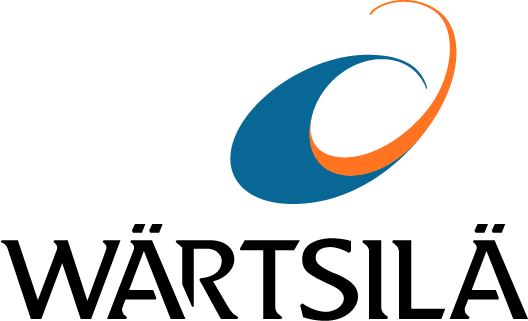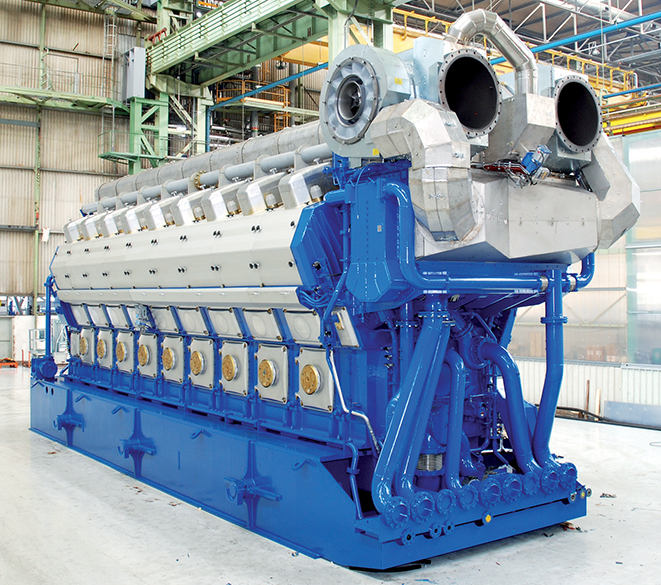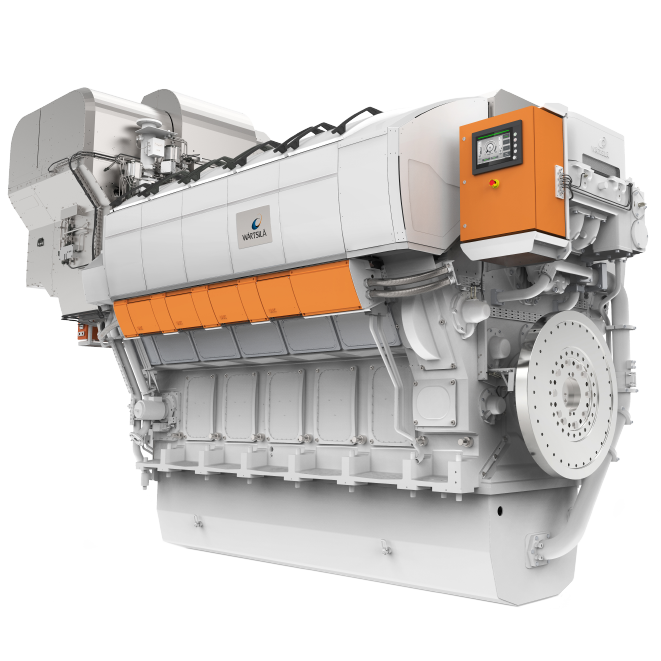

Dual-fuel engines from Wärtsilä
Dual fuel engine is the diesel engine that can run on both gaseous and liquid fuels. When running in gas mode, the engine works according to the Otto process where the lean airfuel mixture is fed to cylinders during the suction stroke. Efficiencies exceeding 47% have been routinely recorded.
When running in diesel mode, the engine works according to the Diesel process where the diesel fuel is fed to cylinders at the end of compression stroke. The engine is optimised for running on gaseous fuels and diesel fuel is used for back-up fuel operation.
Dual fuel technology enables the engine to be operated on either natural gas, light fuel oil, HFO, or even biofuel. Switching between fuels can take place seamlessly during operation, without loss of power or speed. The engine is designed to have the same output regardless of the fuel used.
Wärtsilä began development work with dual fuel gas engines in 1987, the first concept being the gas-diesel (GD) engine with high-pressure gas injection. This was followed by the second generation of gas engines in the early 1990s, when the company introduced spark-ignited (SG) pure gas engines using low pressure gas. The real breakthrough, however, came when the dual fuel (DF) engine was introduced by Wärtsilä in 1995. This resulted in the ability to combine fuel flexibility and efficiency with environmental performance.
The first dual fuel Wärtsilä 32DF engines for marine application started operating in 2003. Four of them are installed in the world’s first gas-driven support vessel Viking Energy.
Read more about our engines for Energy applications.
Discover our future proof dual fuel engines for marine applications.

